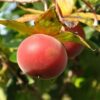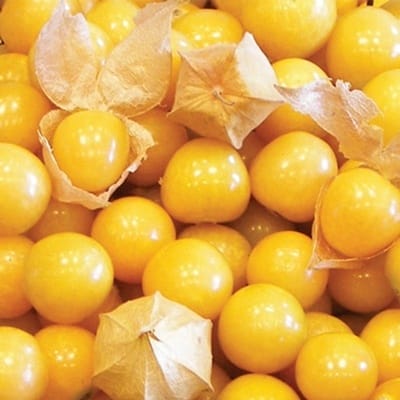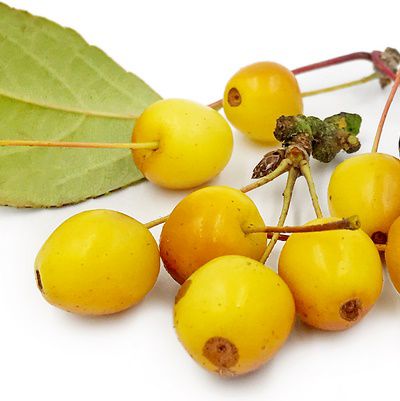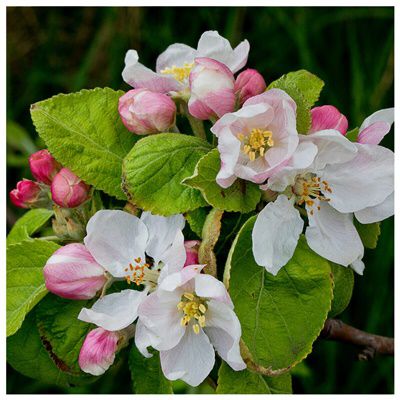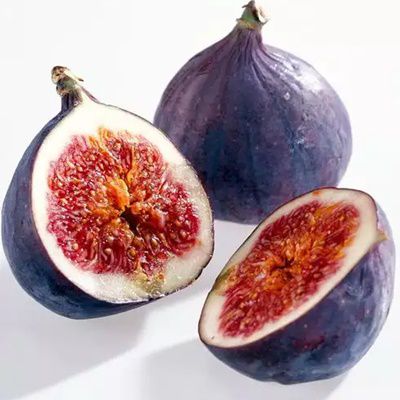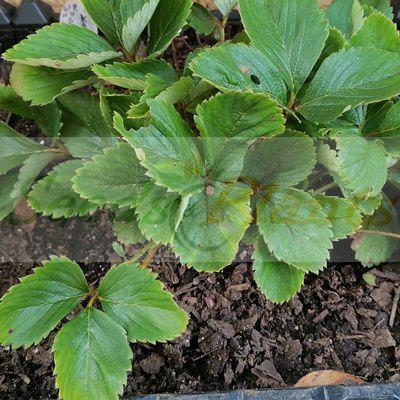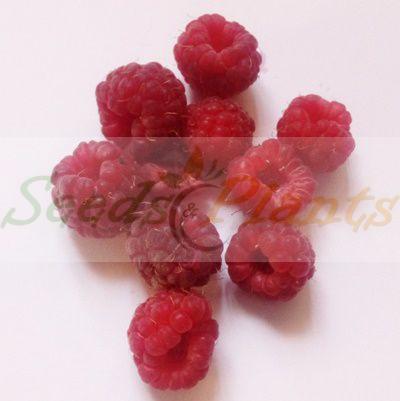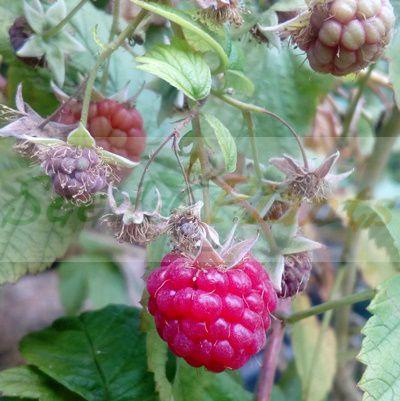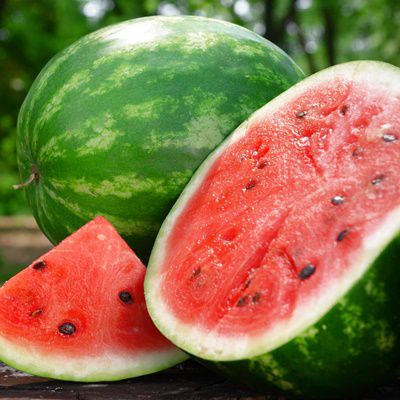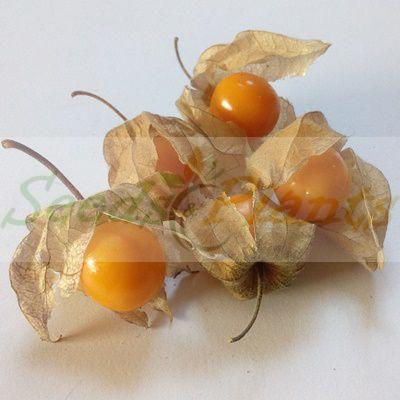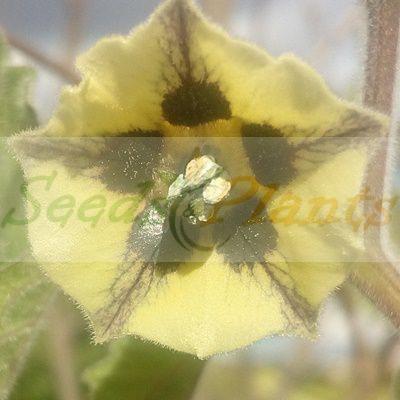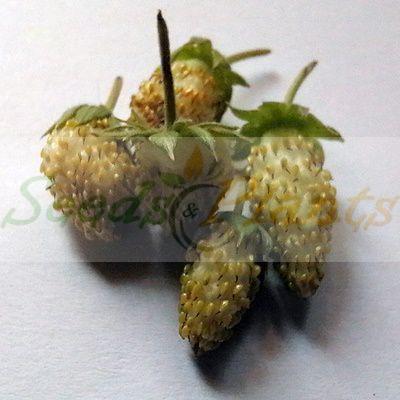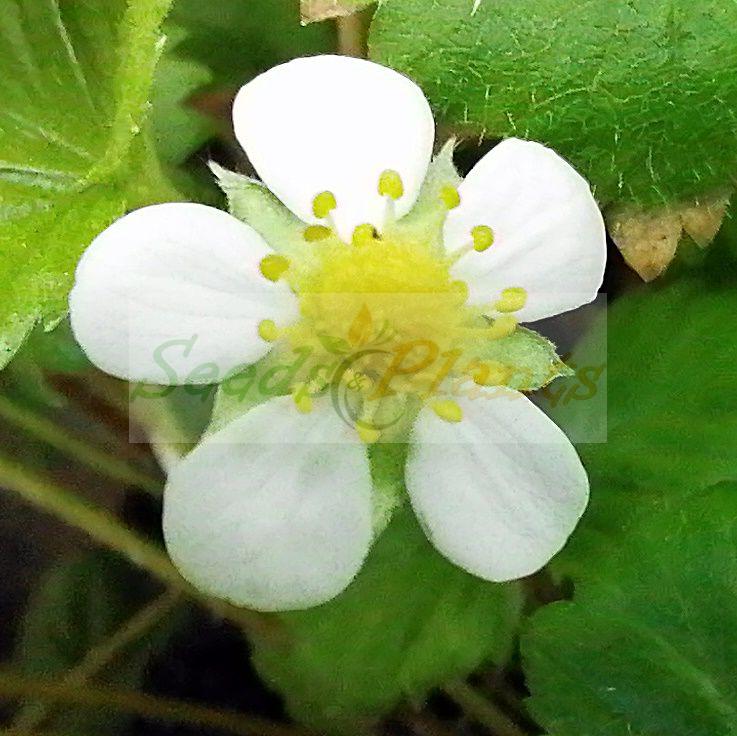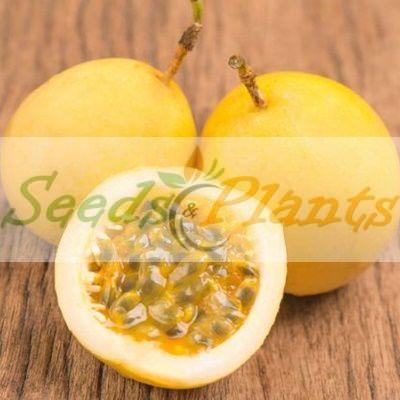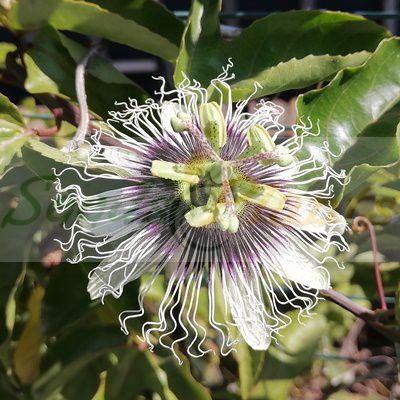-
×
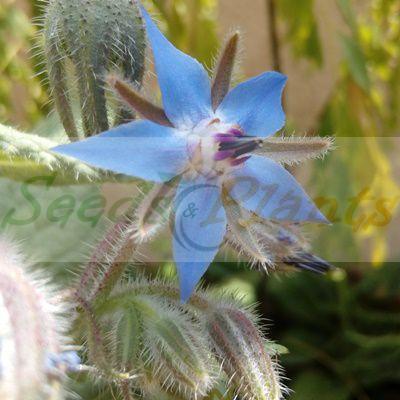 Blue Borage - 50 Seeds
1 × R30.00
Blue Borage - 50 Seeds
1 × R30.00
European Crab Apple – 5 Seeds
(Malus sylvestris)
R50.00
The term crab apple refers to any apple that measures under 5 centimeters in diameter. The creamy white flesh has a tart, acidic flavor and are generally cooked prior to eating.
Out of stock
Email me when the product is back in stock.
Category: Fruit Seeds
The European crab apple (Malus sylvestris), is a species of the genus Malus, native to Europe. Its scientific name means “forest apple”. The term crab apple refers to any apple that measures under 5 centimeters in diameter.
It is a deciduous tree that can live for 80–100 years and grow up to 10m tall with trunk diameters of 23–45cm. It is mostly found growing individually or in a small group along forest edges, thickets hedgerows, and roadsides as well as in a variety of soils, including clay. The trees have an irregular, rounded shape and a wide, spreading canopy, With grayish brown, flecked bark. The tree trunks can become gnarled and twisted and the twigs often develop spines.
In spring, the sweetly scented white-pink blossoms are pollinated by bees and other insects. The blossom develops into small, yellow-green apple-like fruits measuring about 2 – 3cm across across and the fruit is often flushed with red spots. The fruits are not perfectly round and may have a slightly ribbed appearance. They have long stems like cherries. The creamy white flesh has a tart, acidic flavor and are generally cooked prior to eating. The fruit can be used in jellies and as a natural source of pectin for setting jams.
It prefers a sunny location but will grow in partial shade. However, a sunny location with moist soil will provide the most fruits.
Growing European Crab Apple
Indoor Sowing: Cold Stratification and then transplant seedlings once big enough.
Direct Sowing: Autumn.
- The seeds must first be stratified.
- Mix the seeds with peat moss and put the mix in a ziplock bag.
- Place the bag in the bottom of the refrigerator for three months.
- After 3 months, fill a container with quality potting soil, peat moss and perlite and push the seeds into the soil. Cover with a fine layer of potting mix.
- Water the seeds and set them in a bright, warm location.
- Keep the soil mixture slightly moist but not wet.
- Cover the container with clear plastic.
- Remove the plastic when most of the seeds have germinated.
- Once the seedlings are about 6 inches tall, transplant them into separate containers. Pinch back the tops to promote branching.
Disclaimer
Medicinal Information:
All medicinal information on this website is for educational and informational purposes only and may not be construed as medical advice. The information is not intended to replace medical advice or treatment offered by healthcare professionals.
Seeds, Plants, Plant Cuttings, Geophytes and Dried Herbs:
In some countries and provinces, certain plants are deemed as invasive and are not allowed to be planted at all, whilst some plants are allowed to be grown only in certain areas or provinces. The onus is on you as the buyer to familiarize yourself with the regulations pertaining to your location, before purchasing any of our seeds, plants, plant cuttings, geophytes or dried herbs. We will not be held liable, should you purchase any seeds, plants, plant cuttings, geophytes or dried herbs. from us which are prohibited in your country or province.


